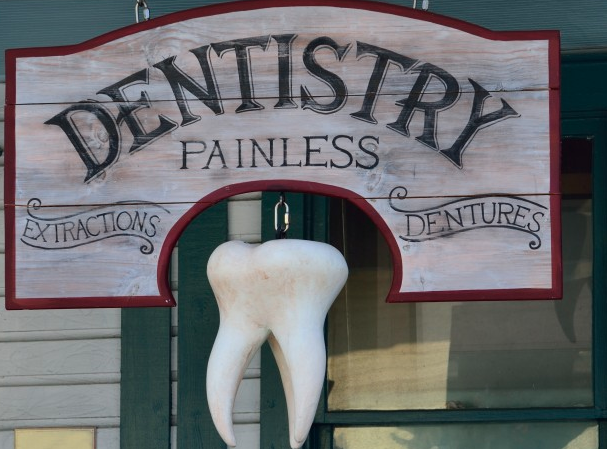Archaeologists think this early dental work was performed by the Romans, who are known to have invented crowns and dentures.
Two hundred to three hundred years after what was believed to be the first attempt at treating root canals, archaeological findings indicate root canal infections were drained as a pain relief measure. This was a practice that is believed to be the primary treatment for infected root canals up until the 1600s.
With time, the anatomy of the root canal was better understood and technology became advanced creating more effective techniques in handling root canal issues. Worthy of noting, one technique included removing the infected root and filling it with gold, or even, asbestos.
The first illustrated anatomy of the root canal arrived in the mid-1800s. Different 3D models of the root canal were created with metal, celluloid or paraffin throughout the 20th century.
In the early 1900’s, x-rays were introduced, as were anesthetics. This progress allowed people to save their teeth as opposed to the prior method of removing them completely.
To accelerate the learning and research of endodontic science the American Association of Endodontics (AAE) was founded in 1943.
With similar intentions as the AAE, dental manufacturers joined forces in the late 1950s to standardize the technology, materials and processes utilized to treat infected and decaying root canals.
All of these efforts contributed to the American Dental Association (ADA) recognizing Endodontics as a specialty practice within the dental field shortly thereafter.
Today’s root canal technology is far different than that experienced by dental patients even 50 years ago. Now, root canal treatments are pain free with numerous options available to help eliminate and reduce any post-treatment discomfort during the healing process.
East Coast Endodontics offers Richmond, Virginia the highest quality root canal surgery, root canals and root canal therapies. To schedule an appointment or discuss possible treatments, please contact us at: 804.559.3636.

About the Author
Dr. Harris has been a practicing dentist since 2005. In 2012, he received his Master’s of Science in Dentistry and a certificate in Endodontics. He founded East Coast Endodontics shortly after receiving his master’s degree. He also currently holds a part-time position as a Clinical Assistant Professor for the Endodontics department at Virginia Commonwealth University. View his full bio.

